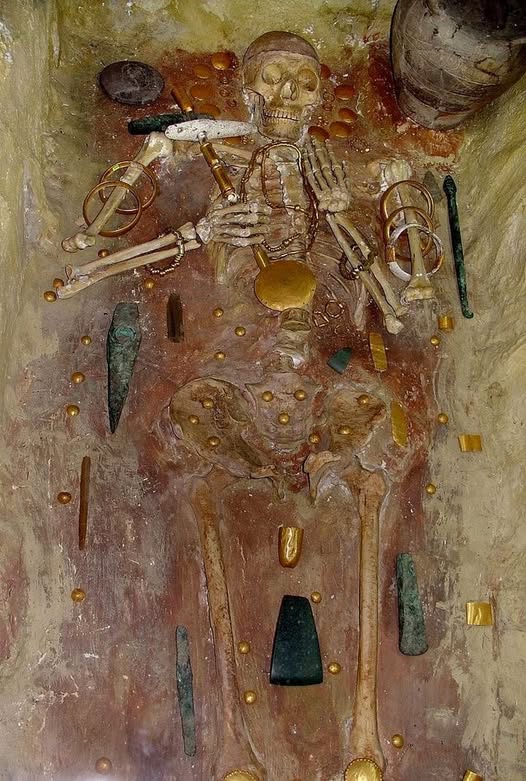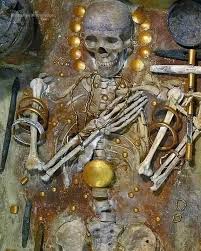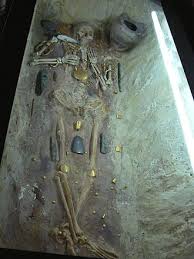The Varna Necropolis: Unearthing Europe’s Ancient Elite

The Varna Necropolis, nestled in Varna, Bulgaria, represents a groundbreaking archaeological site that dates back over 6,000 years, offering profound insights into Europe’s ancient elite. This remarkable burial ground is home to the world’s oldest known gold treasure, a stunning testament to the complexity of prehistoric societies. Among its most significant findings is Grave 43, which reveals the remains of a high-status male, likely a ruler or leader, surrounded by an astonishing array of gold artifacts—more than has been found in any other burial from that era.

The discovery of Grave 43 marks Europe’s first known elite male burial, providing invaluable evidence of social hierarchies and wealth distribution during prehistoric times. The elaborate grave goods, including intricate gold jewelry, decorative items, and ceremonial artifacts, suggest that this individual held a position of considerable power and influence. The sheer quantity and craftsmanship of the gold artifacts challenge previous assumptions about the technological capabilities and social structures of early European societies.
As archaeologists meticulously excavate and analyze the site, they are piecing together the life and legacy of this ancient leader. What secrets did he guard? What rituals accompanied his burial? The artifacts found alongside his remains hint at a rich cultural life and the possibility of complex belief systems. This high-status burial raises questions about the roles of leaders in ancient communities—were they merely political figures, or did they also serve as spiritual guides or mediators between the living and the divine?

The Varna Necropolis has already begun to transform our understanding of early civilization and the origins of power and prestige. It reveals that wealth and social stratification existed much earlier than previously thought, suggesting that the foundations of modern social structures may have deep roots in this prehistoric period. The findings challenge the notion that complex societies developed only in later epochs, highlighting the sophistication of early European cultures.
As the excavation continues, the Varna Necropolis invites us to reconsider the narratives we hold about human history. It serves as a reminder of the intricate relationships between wealth, power, and identity that have shaped civilizations across time. The artifacts unearthed from this site not only illuminate the lives of ancient peoples but also connect us to the broader story of humanity’s journey.

In conclusion, The Varna Necropolis is not just a burial site; it is a portal into the past that challenges our understanding of early societies. As archaeologists uncover its treasures, they are also unlocking the secrets of power, prestige, and the intricate web of human relationships that defined an ancient civilization. This extraordinary discovery continues to enrich our knowledge of Europe’s prehistoric elite, reminding us that the echoes of our ancestors still resonate in the world today.